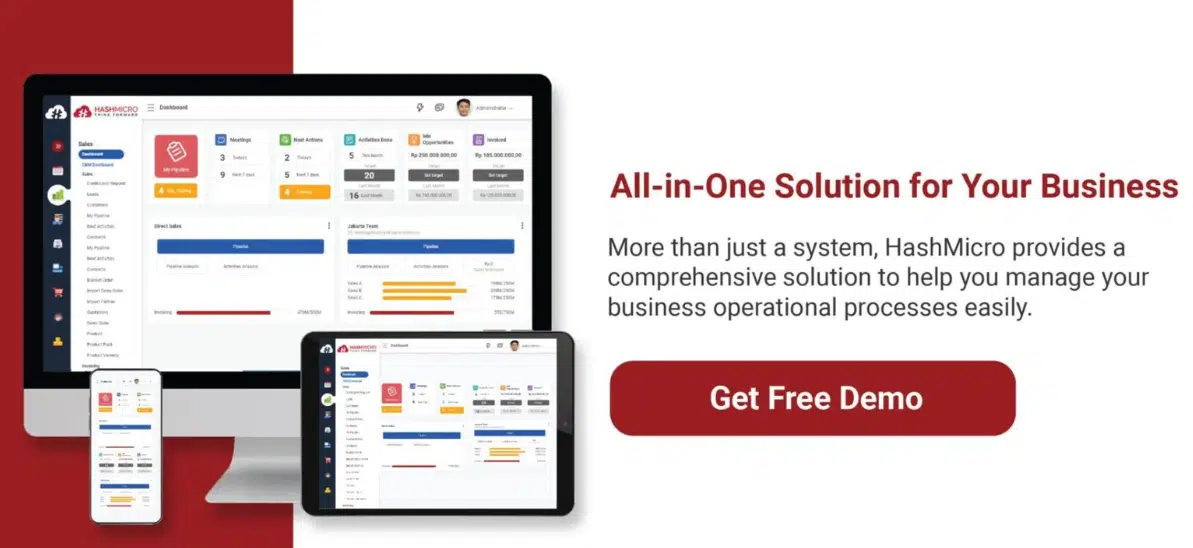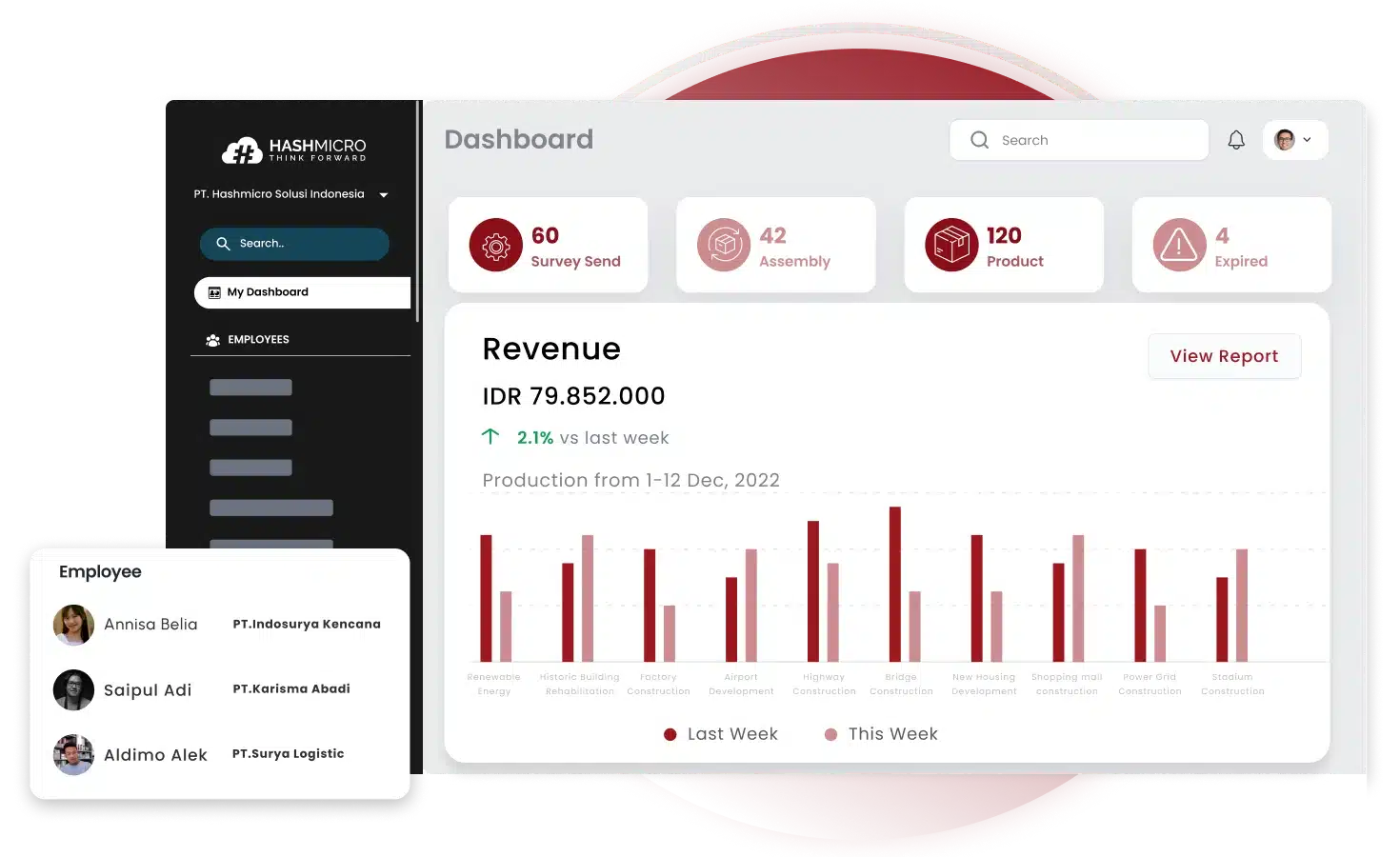Your construction business might be bleeding time and money—and you might not even realize it yet. Projects run over budget. Materials go to waste. Teams work hard but still miss deadlines. Sound familiar?
If you’re a contractor, developer, or project manager trying to stay profitable in today’s market, there’s good news: There’s a smarter way to build. It’s called lean construction, and it’s changing the game for companies that want more efficiency, less waste, and better results.
Curious how it works and why more Singaporean firms are making the switch?
Read on as this guide breaks down everything you need to know—from the principles and benefits to the tools and strategies that actually work.
Key Takeaways
|
Table of Content:
Table of Content
What is Lean Construction?
Lean construction is a way of managing building projects to reduce waste and improve efficiency. It focuses on using fewer resources, saving time, and eliminating unnecessary steps in the process.
The aim is to make construction projects faster, cheaper, and higher quality by improving teamwork, planning, and communication. By removing waste, lean construction helps teams deliver better results with fewer delays and lower construction risk.
5 Key Principles in Lean Construction
One of the foundations of lean construction is its five key principles that help guide every project. These principles work together to reduce waste, improve productivity, and deliver better outcomes for both clients and construction teams.
Here’s how each principle works and why it matters:
- Identify value by understanding what the client truly wants, so every task supports their goals.
- Map the value stream to analyze each step of the process and remove anything that doesn’t add value.
- Create a continuous workflow by organizing tasks in a smooth sequence, avoiding delays and interruptions.
- Establish pull planning to ensure that work is only done when needed, reducing overproduction and rework.
- Pursue continuous improvement by encouraging feedback, learning, and smarter ways of working on every project.
When principles such as value stream mapping are applied consistently, the entire construction process becomes more predictable, efficient, and rewarding for everyone involved.
Lean Construction Benefits
Lean construction is a modern way to manage building projects that helps teams work better, waste less, and make construction estimating easier. It focuses on improving value for the client while streamlining every step of the construction process.
Here are some of the biggest benefits companies in Singapore can enjoy with lean construction:
- Faster project delivery by reducing rework and delays through better planning and coordination.
- Lower costs thanks to smarter resource use, less material waste, and more efficient manpower deployment.
- Stronger collaboration between teams, suppliers, and clients, which leads to fewer mistakes and clearer communication.
- Improved sustainability by using fewer materials and reducing energy waste, helping support green building goals.
These benefits improve how construction projects are managed and boost reputation and client satisfaction. With lean construction, companies can deliver high-quality work faster, smarter, and more eco-friendly. It’s a strategy built for the future of Singapore’s construction industry.
How to Implement Lean Construction
To start with lean construction, first teach your team the basic principles and why they matter. Then, review your current process to find waste and set clear goals for improvement.
Begin with one small project to test lean methods before using them company-wide. Involve everyone in planning to improve teamwork and avoid confusion.
Use tools like construction software, task boards, check-ins, and feedback to keep the team on track. Try simple techniques to manage work better, reduce delays, and keep projects running smoothly.
Measuring Success in Lean Construction
Measuring success is an important part of any lean construction journey. It helps you see what’s working, what’s not, and where there’s room to improve. By tracking the right results, you can make smarter decisions and build even better over time.
Here are some key ways to measure success in lean construction:
- Project timelines to see if you’re completing work faster and more efficiently.
- Cost savings by comparing actual spending to your budget and tracking waste reduction.
- Work quality through defect reports and fewer rework incidents on-site.
- Client satisfaction based on feedback, repeat business, or project handovers that meet expectations.
Don’t forget to check in with your team too. When workers feel more engaged and supported, they tend to perform better. In a place like Singapore, where the industry is fast-moving, showing strong lean results can also boost your reputation and help win more projects.
Overcoming Challenges in Lean Construction
Every new approach comes with challenges, and lean construction is no exception. While it brings plenty of benefits, some hurdles may slow things down if not handled properly. Knowing what to expect helps companies in Singapore prepare and respond effectively.
Here are the most common challenges companies face when adopting lean construction:
- Resistance to change happens when teams are used to old habits and feel uncertain about new methods.
- Misaligned stakeholders can lead to confusion and delays when developers, contractors, and suppliers aren’t working toward the same goal.
- High initial costs for training, tools, or systems may worry companies, especially smaller firms with limited budgets.
- Cultural shifts in the industry require a long-term mindset, where teamwork, trust, and continuous improvement become the norm.
These challenges are real, but they’re not impossible to overcome. With strong leadership, clear communication, and a commitment to progress, teams can overcome early obstacles. Lean construction may take time to implement, but the long-term gains are well worth the effort.
Manage Lean Construction Projects with HashMicro’s Construction Software
Managing lean construction projects requires efficient tools that enhance collaboration, communication, and decision-making. In Singapore, where digital solutions rapidly transform industries, HashMicro’s Construction Software is a powerful solution to streamline project delivery and improve efficiency.
Here are some key features of HashMicro’s Construction Software that help manage lean construction:
- Real-time project tracking to monitor progress, identify delays, and adjust plans accordingly.
- Cloud-based collaboration so everyone—from engineers to project managers—has access to the same data, reducing miscommunication.
- Budget management tools to track expenses, minimize waste, and keep costs within limits.
- Document management system that stores plans, permits, and contracts in one place for easy access and fewer mistakes.
- BIM integration to visualize projects in 3D, detect clashes early, and avoid costly rework.
With HashMicro’s Construction Software, managing lean construction becomes simpler, faster, and more effective. By leveraging technology, Singaporean firms can drive smoother project workflows, reduce waste, and improve overall project outcomes.
Conclusion
Lean construction is a method focused on delivering value while minimizing waste in construction projects. It streamlines processes, boosts collaboration, and reduces costs, making projects more efficient and successful.
By adopting lean construction, companies can improve project timelines, reduce waste, and boost profitability. HashMicro’s software supports these goals by offering real-time tracking, budgeting tools, and collaboration features. Join our free demo today to see how lean construction can transform your projects.
Frequently Asked Questions
-
What is meant by lean construction?
Lean construction is a method that aims to maximize value while minimizing waste in building projects. It focuses on improving efficiency, reducing costs, and enhancing collaboration throughout the construction process.
-
Who is the founder of lean construction?
An example of a lean construction technique is pull planning, where tasks are only done when needed to avoid overproduction and unnecessary work. This helps streamline workflows and prevent delays.
-
What is an example of a lean construction technique?
Lean construction was developed by Glenn Ballard and Gregory A. Howell in the early 1990s. They adapted lean manufacturing principles to the construction industry.





































